This may be an unpopular opinion, but I believe that the first film should have been left a stand-alone. If this film stood alone, I believe it would go down in history as one of the greatest films of all time. I suppose it still could, but the sequels complicate things. That being said, I think the sequels are a blast and far from the worst ever made, but they do not come near the original’s brilliance. Unsurprisingly, Zemeckis and Gale never planned on making a sequel. It was only after the box-office success of the original, that they agreed to make a sequel. Both had stated they regretted ending the film with Jennifer in the time machine, forcing them to work around her rather than come up with a different story. Additionally, since Fox’s commitment to Family Ties was coming to an end, the filmmakers decided to film Part II and Part III back to back.
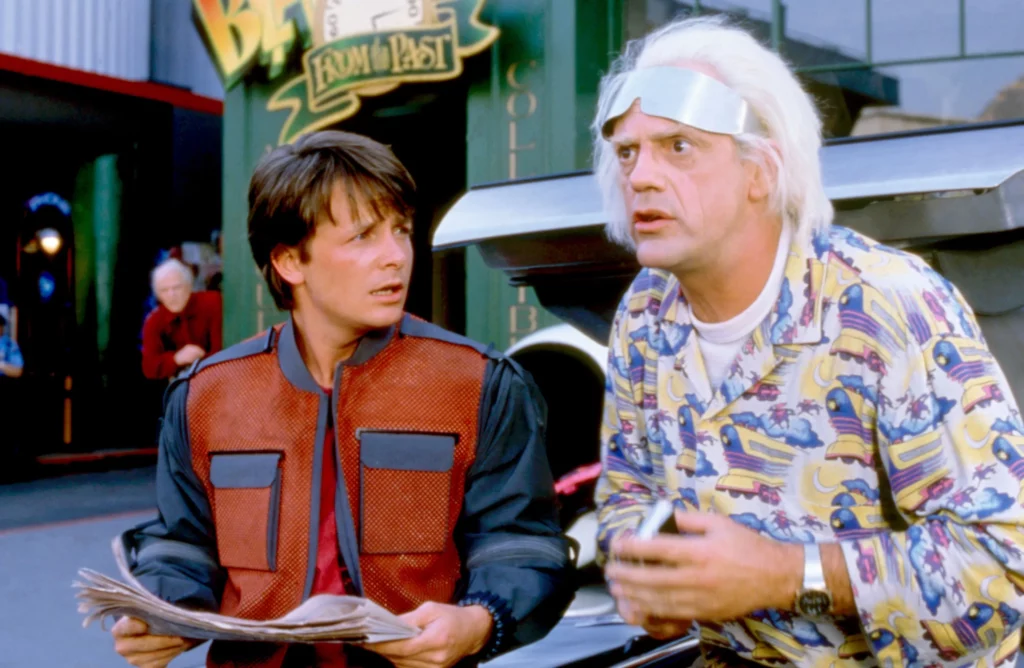
From the time the film entered development, it took two years for the scripts to be written and the sets to be built. Zemeckis and Gale came up with the story treatments for the sequel, but because Zemeckis was busy making Who Framed Roger Rabbit, Gale was tasked with fleshing out the screenplays. According to Gale, the initial idea for the third act was to take place in 1967. George was to be a professor at Berkley and Lorraine was a flower child protesting the war. Zemeckis, however, thought that playing around with paradoxes would provide a good opportunity to view the events of the first film from a different perspective. I am thankful for that decision because that sequence is my favorite in the entire film.
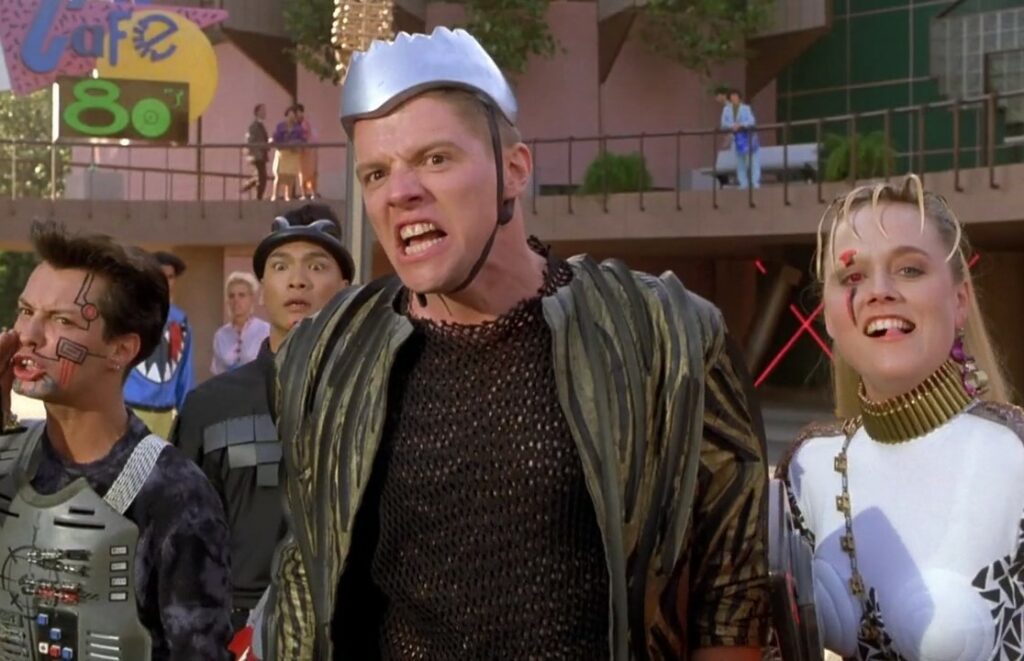
Though it is relatively tame by today’s standards, I imagine the CGI and practical effects had to have been cutting-edge for the time. One of the biggest technological breakthroughs in the film would have to be the creation of the VistaGlide motion camera system. This allowed dynamic camera movements during the dinner table scene in 2015 where Michael J. Fox is playing three characters who interact with each other. On the CGI front, Marty and Doc blend in so easily with their 1955 counterparts during the repurposed footage from the original that it is almost seamless. On the other hand, the future scenes seemed a little bit hokey. Maybe it’s because 2015 was almost ten years ago and we still don’t have most of the technology shown (except a hoverboard, kind of). Even Gale and Zemeckis have gone on record saying that they did not expect flying cars to exist by 2015, but they were hoping to have some fun. Regardless, the film did manage to get some predictions right: the use of news drones, flatscreen TVs, video conferencing, hands-free video games, tablet computers, and fingerprint scanning.
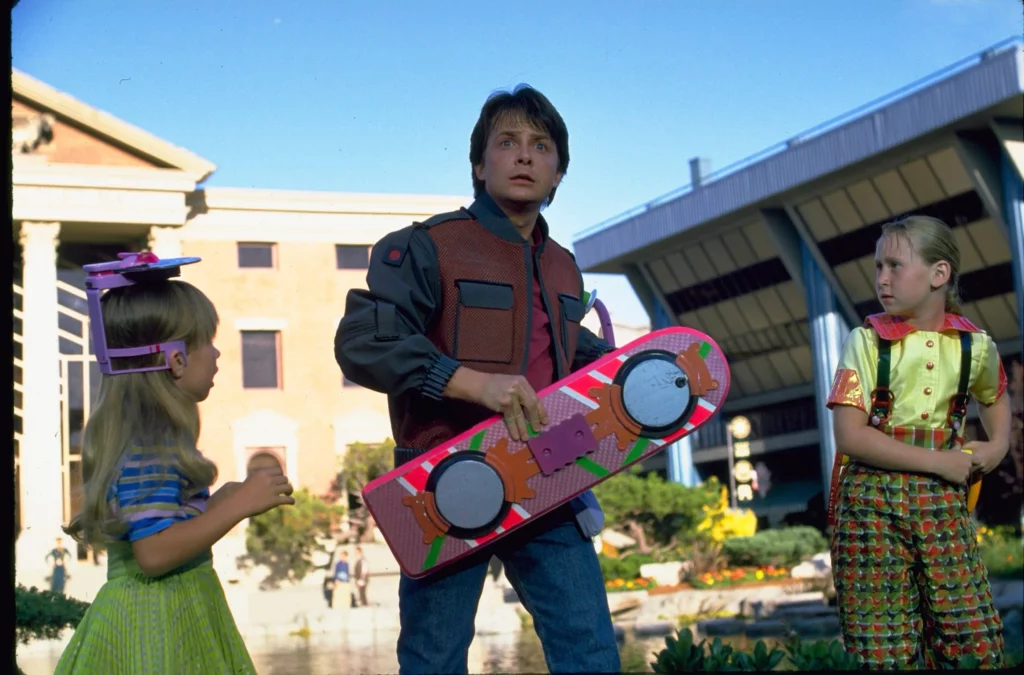
The other thing I appreciated about this film was the characterization of Biff. In Part I, he is the antagonist. He torments George, aggressively pines for Lorraine, and is one of the forces working against Marty reuniting his parents. As I said, he is without a doubt the antagonist, but I think it is worth remembering that Biff is an asshole teenager. I would go as far as to say in Part II to call him a villain. 2015 Biff actively steals the time machine to deliver the sports almanac to 1955 Biff. The money and success that comes with winning in sports turn Biff into a hardened and ruthless man by 1985A. Now a business tycoon and owner of a large casino, Biff abuses his wife (Lorraine) and shows contempt for his step-children. He is a bitter and vile man who is not above murder. Biff admits to murdering George McFly and attempts to shoot Marty before he can escape the DeLorean. This elevates him from more than an asshole teenager to a serious threat. Gale has gone on record to state that 1985A Biff was based on a certain business tycoon turned president, who shall remain nameless, and the resemblance is uncanny. The 1955 hoverboard chase for the almanac is endlessly exciting and warrants a shout-out.
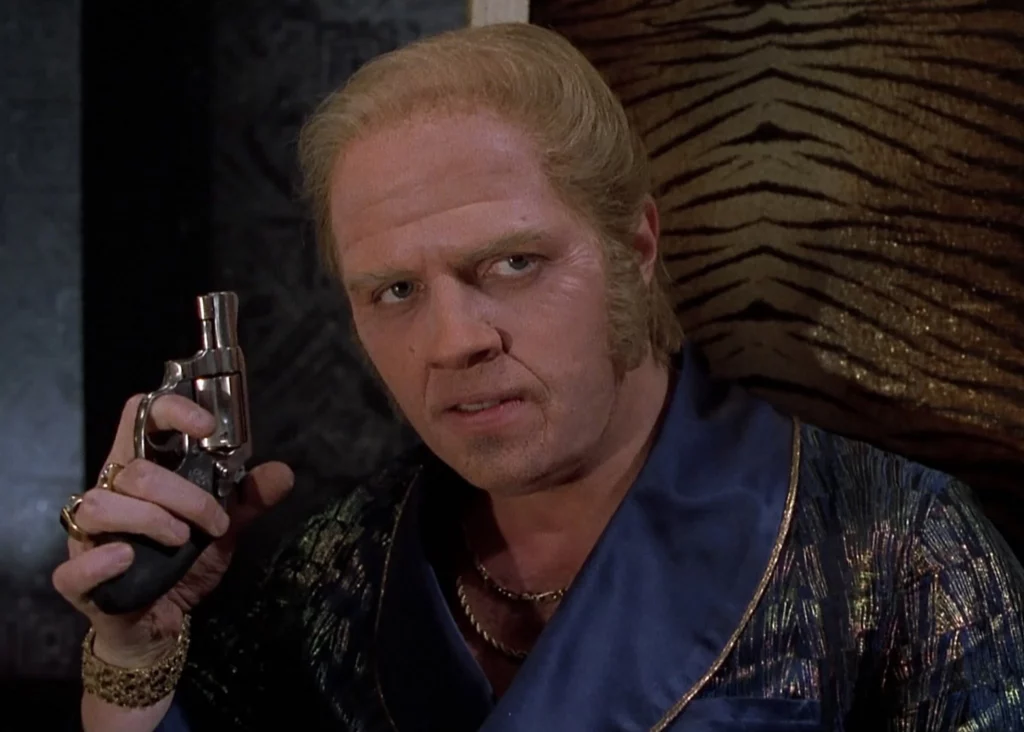
Let’s talk about Crispin Glover. Glover notably portrayed George McFly in the original. If you look closely at George McFly in the sequels, you can tell it is not Crispin Glover. Due to a dispute (Glover says it was a philosophical dispute while Gale said it was financial), Glover declined to return for the film. As a result, the character was reduced significantly, leading to George’s murder. Rather than write him out, Zemeckis used pre-existing footage from the first film, hired a new actor, and put him in prosthetics to better resemble Glover. To hide this from audiences, Zemeckis hid the actor by dressing him in sunglasses or having him hang upside down. Glover was notably upset and sued the producers for using his likeness without permission. Perhaps the greatest legacy of this film, from a legal standpoint, is that Glover’s case was instrumental in creating clauses in the Screen Actors Guild bargaining agreement that prevent the unauthorized use of an actor’s likeness. In a world dominated by CGI and the emerging threat of AI, this case seems ahead of its time.
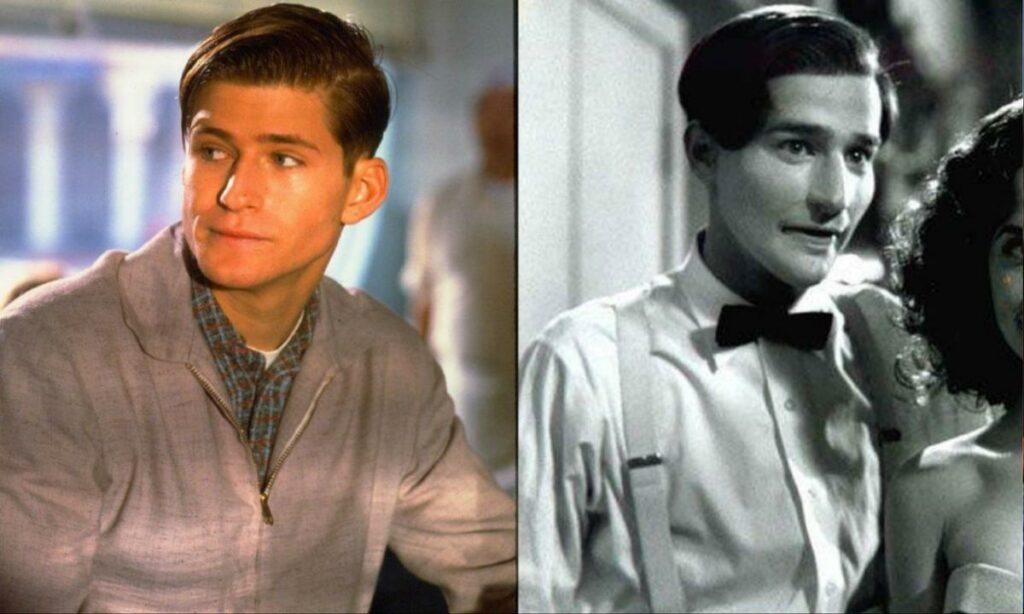
June 2, 2024: Tonight was Back to the Future Part II at the Alamo. I was having a rough day and considered not going. Despite my overwhelming urge to stay home and sulk, I decided to attend. It wasn’t as full or lively as the original, but I’m glad I went. I think I would have beat myself up if I didn’t. The two things that pushed me to go were the fact that I didn’t know when I would get the opportunity to see the film on the big screen again and if I did see Part III next weekend, part of me would feel incomplete. I also forgot that the film ends with footage from Part III advertising a Summer 1990 release date. If one thing’s certain, I cannot wait for Summer 1990!